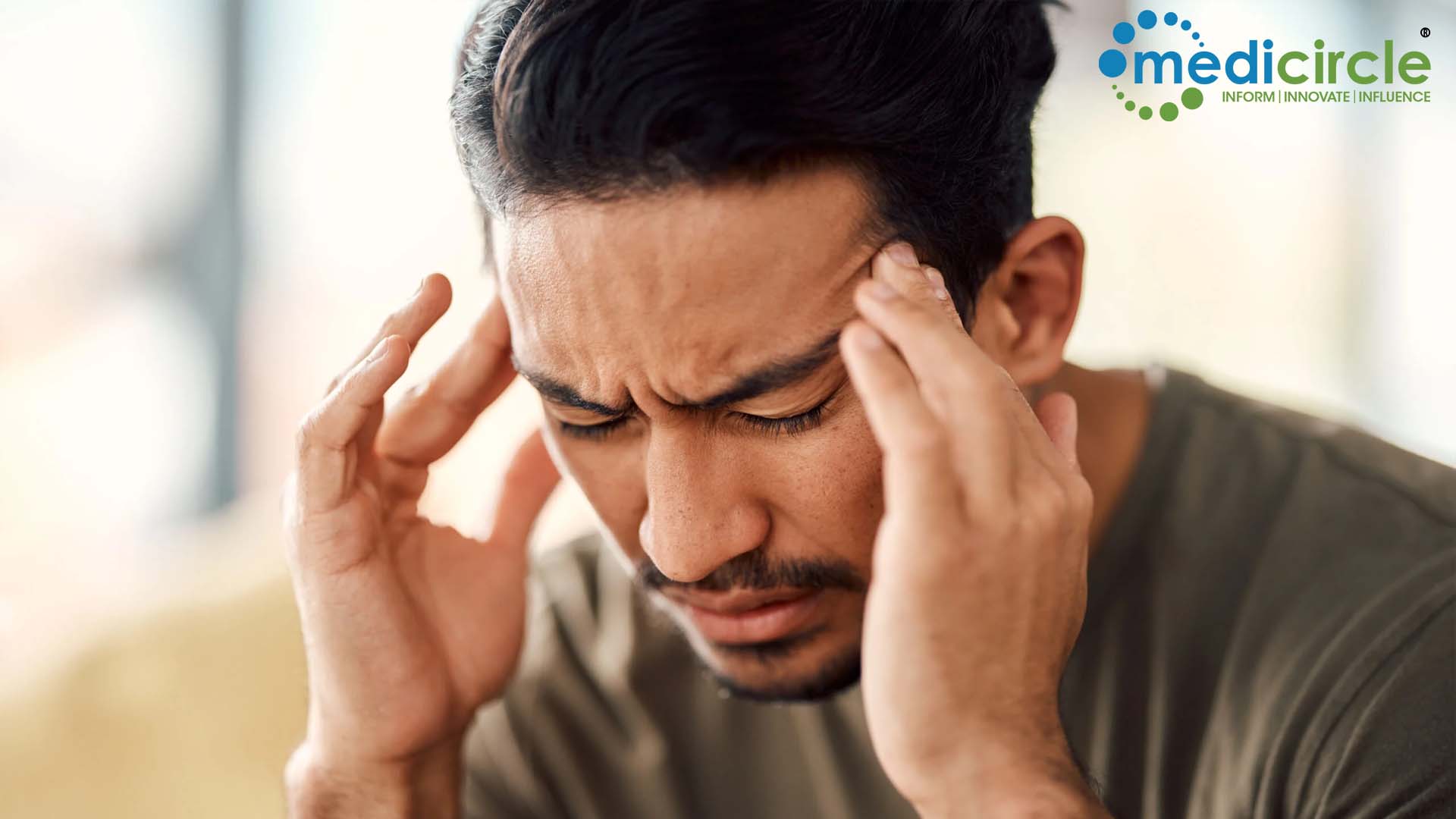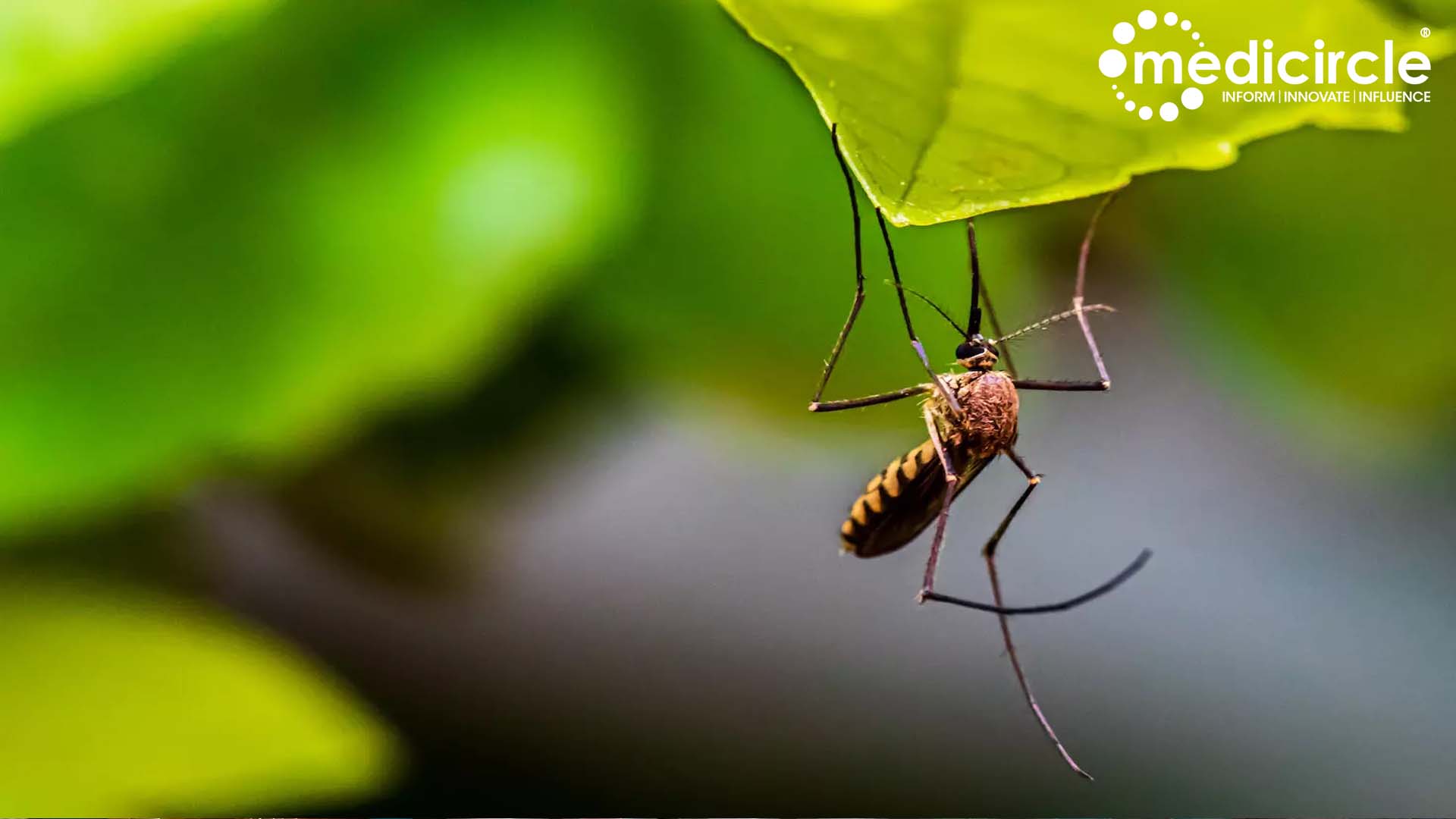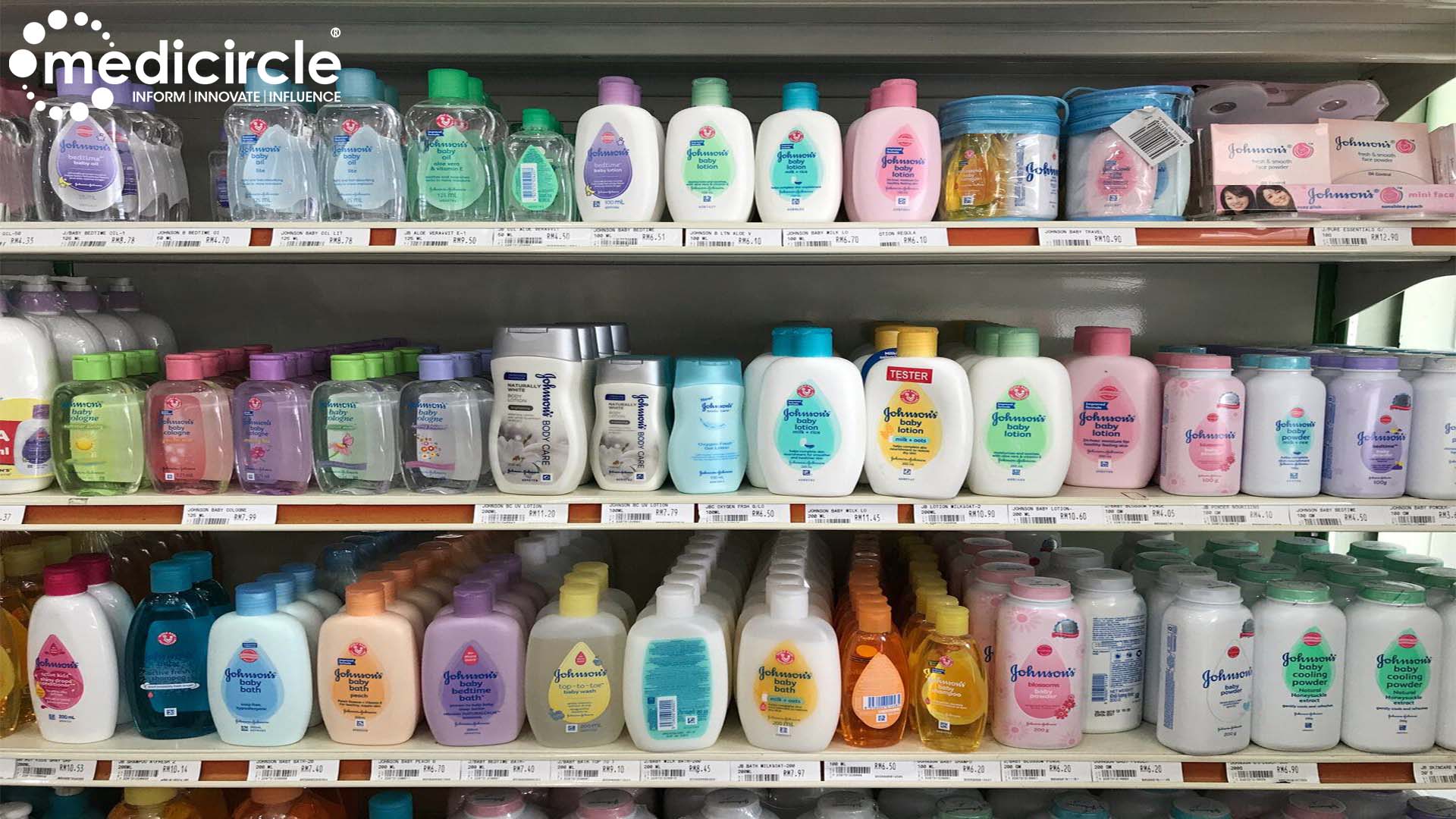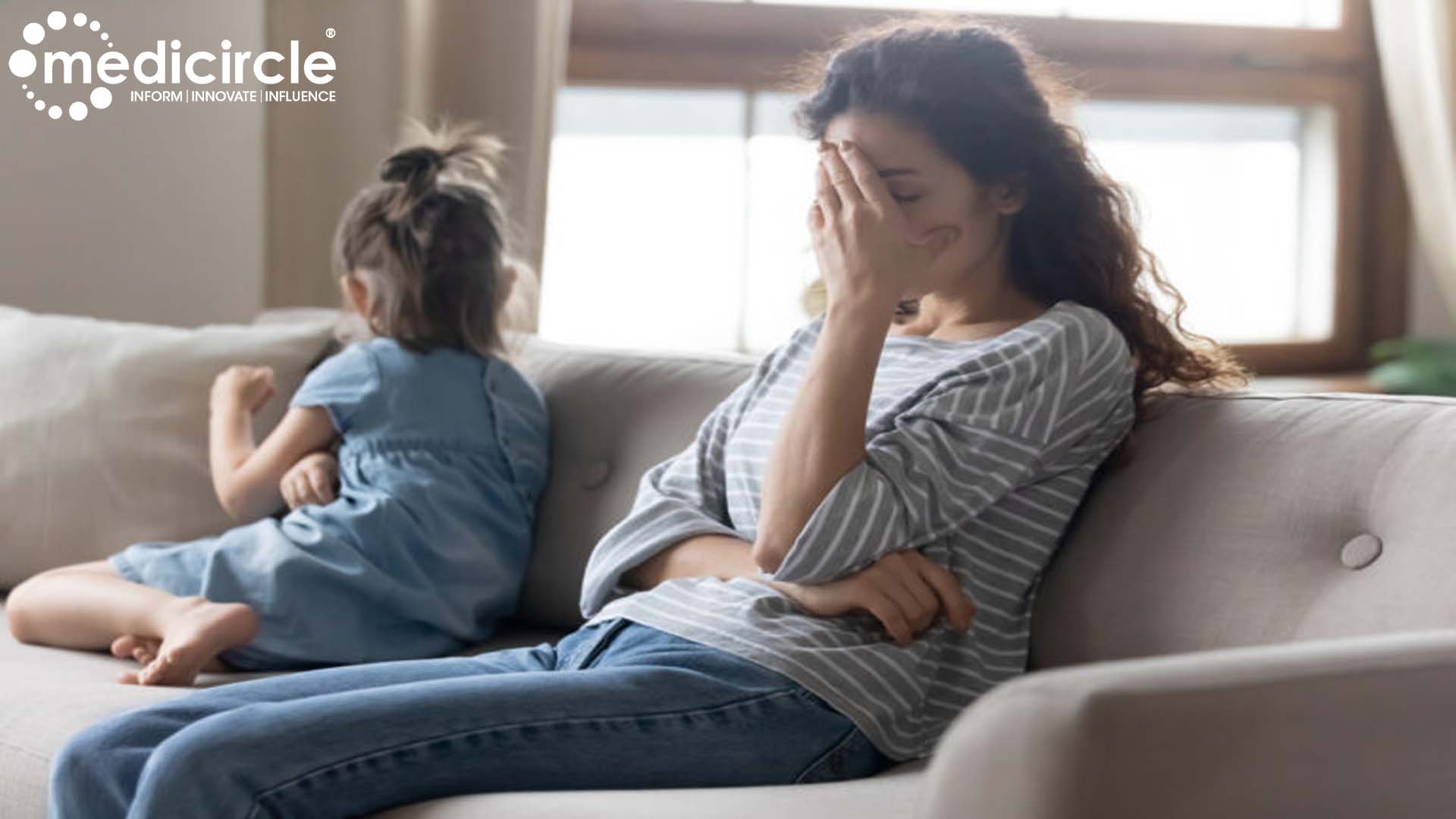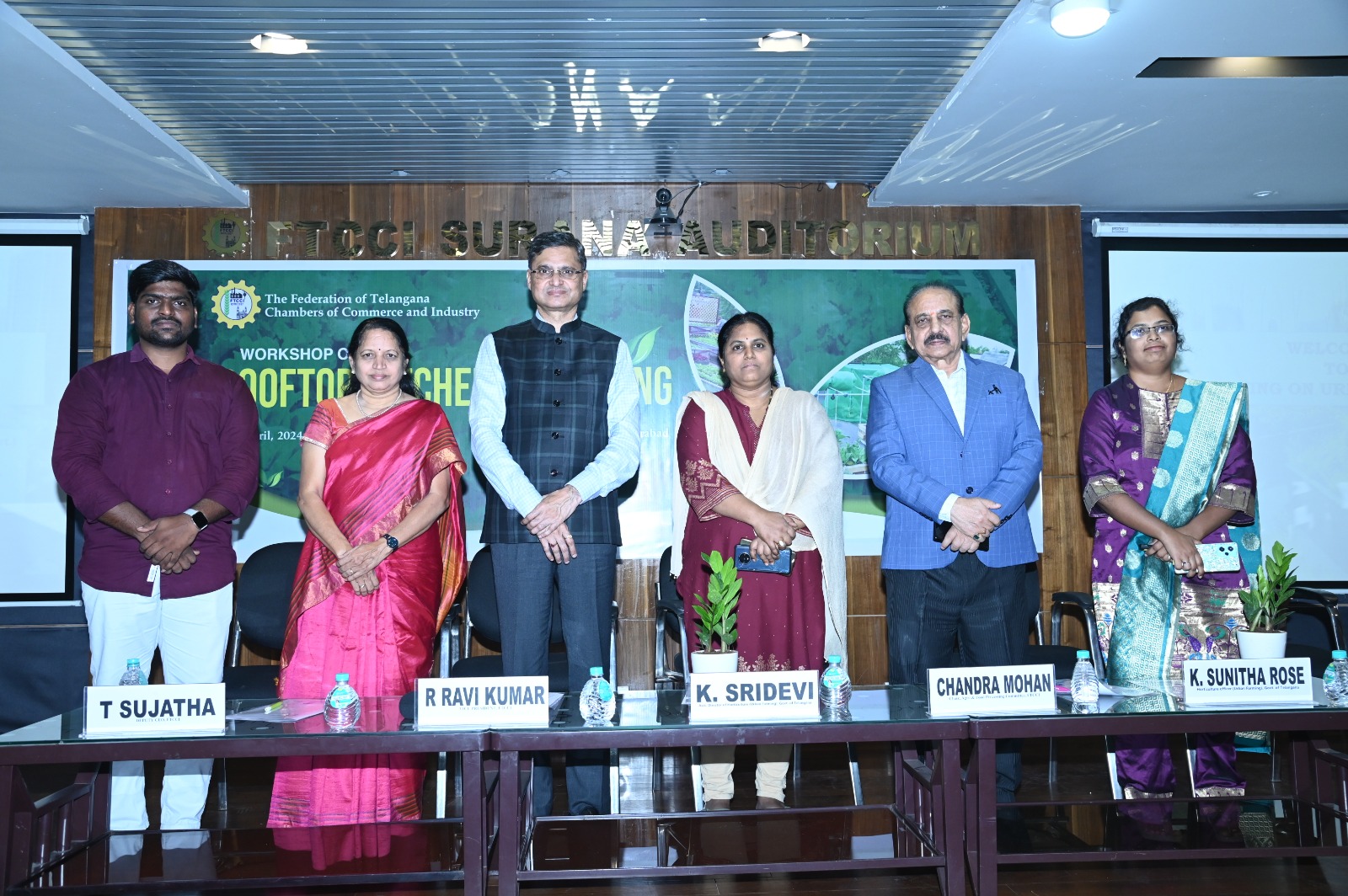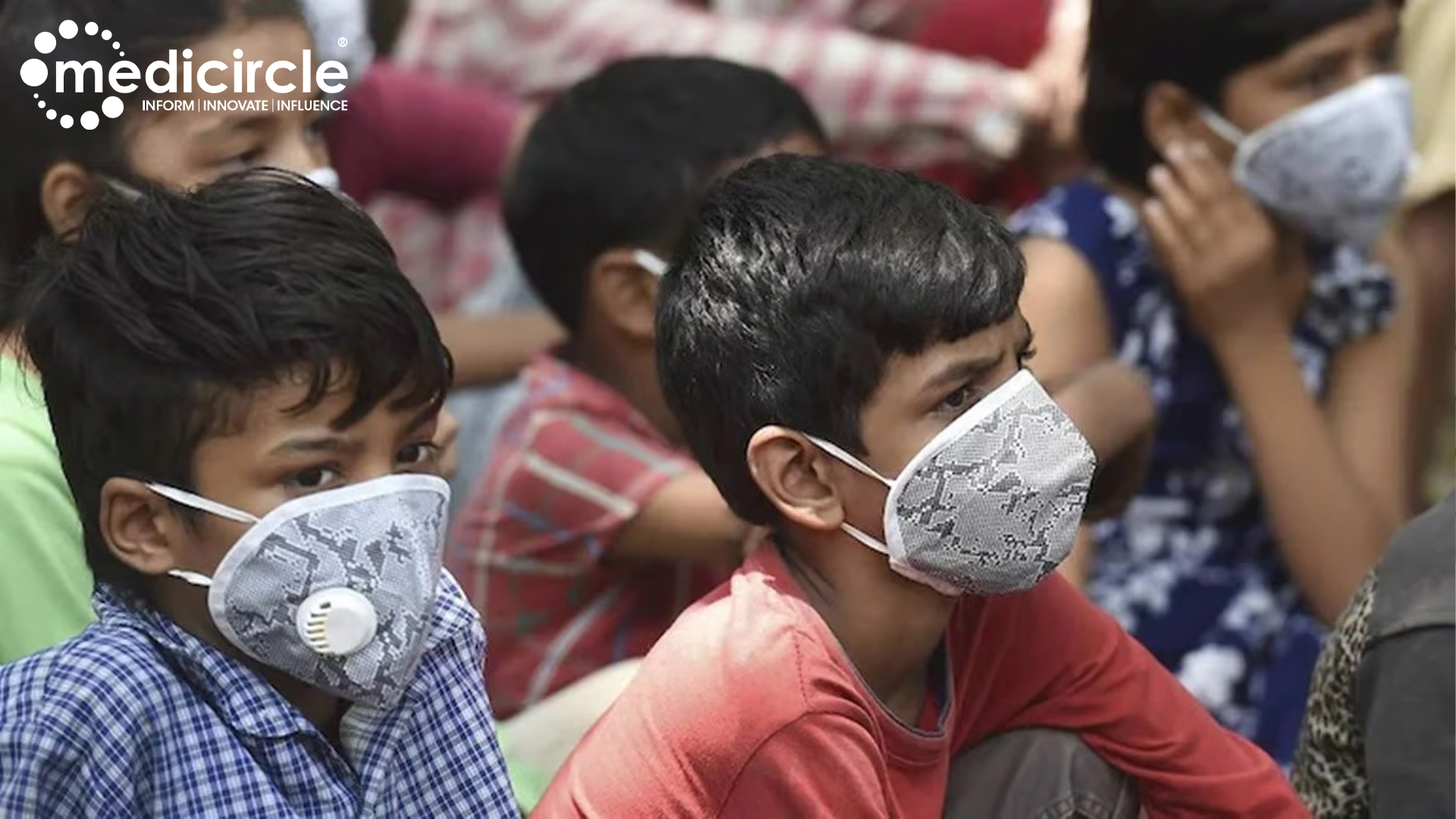The female poverty rate in South Asia will increase in 2021 due to the COVID-19 pandemic and more women than men in the 25-34 age group will be poorer in the next decade, according to new data released by the UN.
The UN Women and the UN Development Programme (UNDP) said that the COVID-19 pandemic will disproportionately affect women and push 47 million more women and girls into extreme poverty by 2021, reversing decades of progress to lift this demographic above the poverty line.
The report, "From Insights to Action: Gender Equality in the wake of COVID-19", said that the gender poverty gap will worsen further still in South Asia.
Central and Southern Asia and sub-Saharan Africa, home to 87 percent of the world's extreme poor, will see the largest increases in extreme poverty, with an additional 54 million and 24 million people, respectively, living below the international poverty line as a result of the pandemic.
"The expected rise of poverty in South Asia as a result of the economic fallout of the pandemic showcases the vulnerability of women and girls living in households that have only recently been able to escape poverty, the report released on Wednesday said.
The pre-pandemic female poverty rate in South Asia was projected to be 10 percent in 2021 but is now expected to reach 13 percent.
"Moreover, before the pandemic, projections for the region suggested that by 2030 only 15.8 percent of the world's poor women and girls would be living in South Asia.
The revised projections now put that figure at 18.6 percent," the report said.
The report pointed out that the resurgence of poverty due to the pandemic threatens to deepen gender poverty gaps, especially for people aged 25 to 34, which is a key product and family formation period for both women and men.
In 2021, it is expected there will be 118 women in poverty for every 100 poor men globally, and this ratio could rise to 121 poor women for every 100 poor men by 2030.
While sub-Saharan Africa and South Asia will be the most impacted, "significantly more women than men in South Asia will be affected. In the 25-34 age group, there will be 118 poor women for every 100 poor men in South Asia, and that ratio will increase to 129 women for every 100 men by 2030.
Globally, the poverty rate for women was expected to decrease by 2.7 percent between 2019 and 2021, but projections now point to an increase of 9.1 percent due to the pandemic and its fallout.
The "pandemic will push 96 million people into extreme poverty by 2021, 47 million of whom are women and girls. This will increase the total number of women and girls living in extreme poverty to 435 million, with projections showing that this number will not revert to pre-pandemic levels until 2030," the UN agencies said.
"The increases in women's extreme poverty are a stark indictment of deep flaws in the ways we have constructed our societies and economies," UN Women Executive Director Phumzile Mlambo-Ngcuka said.
"We know that women take most of the responsibility for caring for the family; they earn less, save less and hold much less secure jobs -, overall, women's employment is 19 percent more at risk than men's."
Mlambo-Ngcuka said that the evidence of multiple inequalities is critical to driving swift, restorative policy action that puts women at the heart of pandemic recovery.
While the pandemic has posed a serious threat to the prospects of eradicating extreme poverty by the end of this decade, the reality is even grimmer as these projections of increased poverty rates for women and girls only account for the downward revision of the gross domestic product (GDP), excluding other factors-such as women leaving the workforce due to childcare responsibilities-that may also affect the sex distribution of poverty.
"More than 100 million women and girls could be lifted out of poverty if governments implement a comprehensive strategy aimed at improving access to education and family planning, fair and equal wages, and expanding social transfers," UNDP Administrator Achim Steiner said.
He noted with concern that women are bearing the brunt of the COVID-19 crisis as they are more likely to lose their source of income and less likely to be covered by social protection measures.
"Investing in reducing gender inequality is not only smart and affordable but also an urgent choice that governments can make to reverse the impact of the pandemic on poverty reduction," he added.
The report noted that while these figures are alarming, the study estimates it would take just 0.14 percent of global GDP - USD 2 trillion - to lift the world out of extreme poverty by 2030; and USD 48 billion to close the gender poverty gap.
However, the real number could end up being much higher, especially if governments fail to act-or act too late.
Recommendations to prevent women from falling behind permanently because of the pandemic range from addressing occupational segregation, gender pay gaps, and inadequate access to affordable childcare to introducing economic support packages for vulnerable women to countries increasing social protection measures targeting women and girls and expanding research and data available on the gendered impacts of COVID-19.
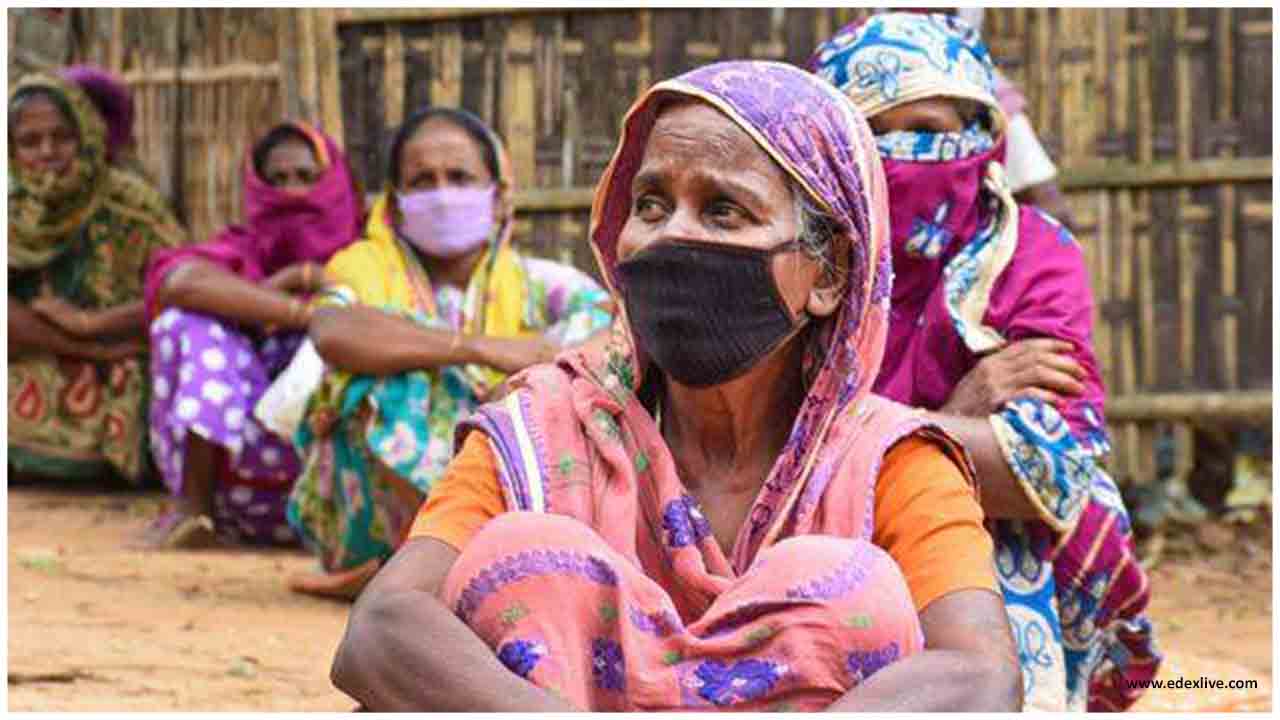
 The report, "From Insights to Action: Gender Equality in the wake of COVID-19", said that the gender poverty gap will worsen further still in South Asia
The report, "From Insights to Action: Gender Equality in the wake of COVID-19", said that the gender poverty gap will worsen further still in South Asia












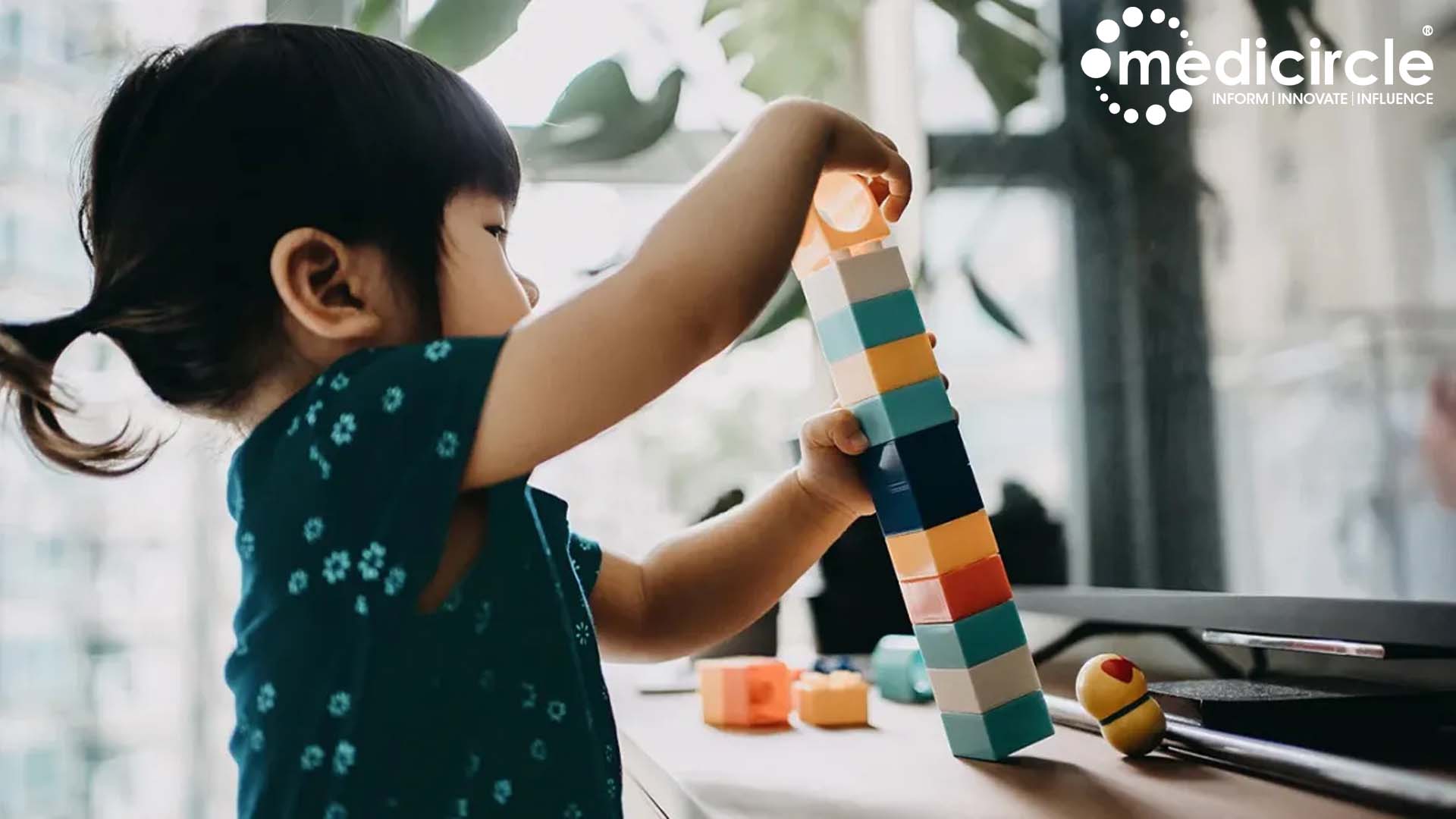
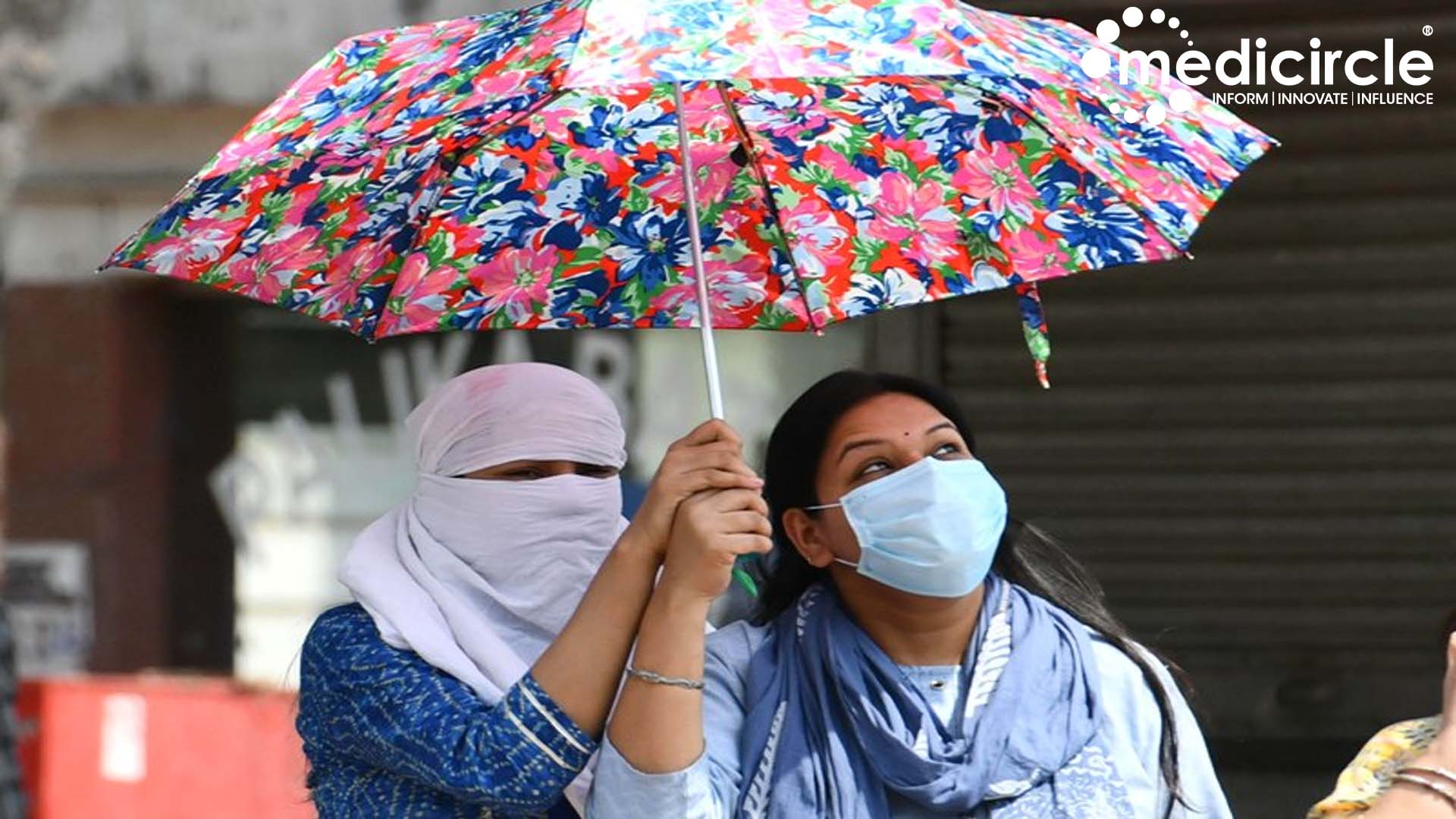
.jpg)
